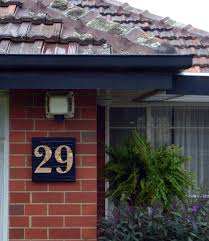What to do about Rising Condo Fees
Monday, November 26th, 2018You know the old saying that if something seems too good to be true it probably is? Well, the same principle kind of applies when it comes to condo fees.
There are no quick fixes or mystical remedies that will magically help you reduce your condo fees. That said, there are measures you can take that may help in the medium and long run. Your persistence and stick-to-itiveness will be put to the test and may eventually pay off. But know this: while you can put certain measures in place that may relieve the burden of mounting condo fees, the chances of reducing or rolling them back is pretty much slim to none.
So what is a condo owner to do? Here are a few suggestions:

Toronto, Ontario, Canada
Get involved
To ensure reasonable condo fees, you may want to have a say in how your condo is operating. Do you prefer the notion of building a reserve fund for those emergency repairs that are sure to one day happen? Or are you more comfortable keeping fees lower and only raising them under duress? By joining the condo board and attending meetings you will learn why your condo fees are what they are. Only once you see where your fees are going can you actually make some headway about changing direction. Do you think your condo corporation is being over charged for certain services? Being a member of the condo board means your voice will be heard.
Do your homework
It’s easy to get sucked in by the dulcet tones of salespeople who flaunt fabulous party rooms, fun-filled hot tubs and a fitness centre? But know that these amenities come at a cost. According to the National Bank, the average condo fee in the GTA averages 65 cents a square foot. On a 600 square foot condo that would be $390 per month and for a 1,000 square foot unit, your condo fee would hit $650.
It’s also a good idea to investigate condo fee increases at other buildings by the same developer. Fees undoubtedly vary based on the building’s location, amenities, age and the size of the units so comparisons are sometimes difficult to ascertain. By scrutinizing the developer’s history you will determine if the builder has earned a positive or negative reputation when it comes to managing condo fees and the like.
Reserve fund
You need to find out about the health of the reserve fund of the condo you’re interested in. Is there a good chunk of savings for major work or an emergency repair or has the well run dry? Find out what major work has taken place and what is slated to take place in the future. A well-run condo corporation should be able to provide this information.
Sources: www.torontostar.com, www.ideas.nationalbank.ca








